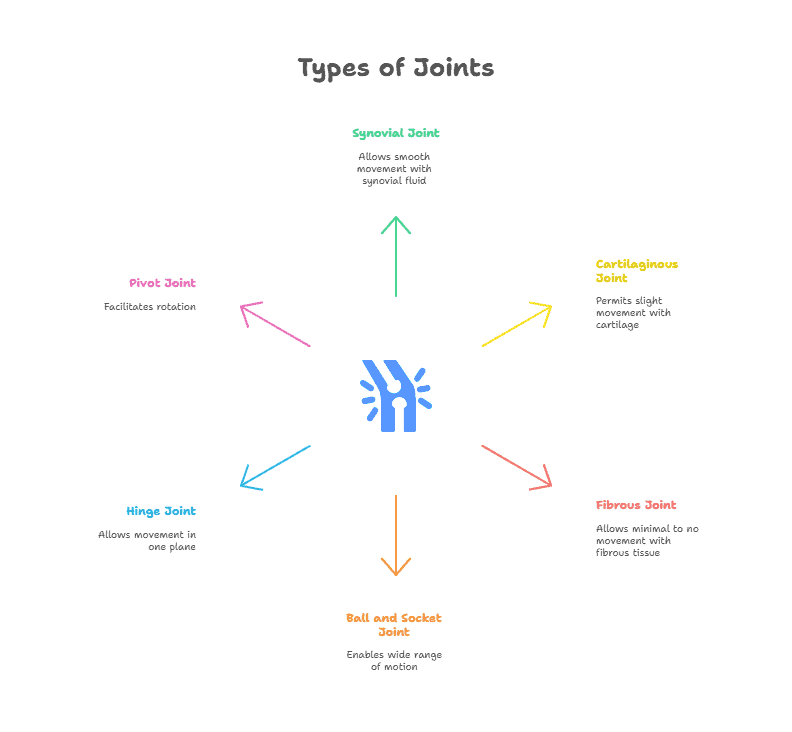When we think about the skeletal system, we often focus on bones and their structure. However, joints and articulations play a crucial role in allowing our bodies to move and function properly. Joints are the connections between bones, and articulations refer to the way in which these bones come together.
Types of Joints
There are several different types of joints in the human body, each serving a specific function. The main types of joints include:
- Synovial joints: These are the most common type of joint and are characterized by a fluid-filled cavity that allows for smooth movement.
- Cartilaginous joints: These joints are connected by cartilage and allow for slight movement.
- Fibrous joints: These joints are connected by fibrous tissue and do not allow for movement.
Functions of Joints
Joints have several important functions in the body, including:
-
- Allowing for movement: Joints enable us to bend, twist, and move our bodies in various ways.
- Providing stability: Joints help to support and stabilize the body, preventing excessive movement.
- Shock absorption: Joints help to absorb impact and protect the bones from damage during movement.
Articulations
Articulations refer to the way in which bones are connected at joints. There are several types of articulations, including:
-
-
- Ball-and-socket joints: These joints allow for a wide range of motion in all directions, such as the shoulder and hip joints.
- Hinge joints: These joints allow for movement in one direction, like the elbow and knee joints.
- Pivot joints: These joints allow for rotation, such as the joint between the first and second vertebrae in the neck.
-
Summary
Joints and articulations are essential components of the skeletal system, allowing for movement, stability, and shock absorption. Understanding the different types of joints and their functions can help us appreciate the complexity and versatility of the human body.
Key Takeaways:
-
-
- Joints are the points where two or more bones meet in the body
- Joints allow for movement and flexibility in the skeletal system
- There are three main types of joints: fibrous, cartilaginous, and synovial
- Synovial joints are the most common type of joint and are characterized by a synovial fluid-filled cavity
- Common types of synovial joints include hinge joints, ball and socket joints, and pivot joints
- Articulations refer to the point of contact between bones in a joint
- Articular cartilage helps cushion and protect the bones in a joint
- Ligaments are tough bands of connective tissue that connect bones in a joint
- Movements at joints include flexion, extension, abduction, adduction, and rotation
- Proper care and maintenance of joints is important for overall skeletal health and mobility
-
Key Terms:
-
-
- Joints: Areas where two or more bones meet and move in relation to each other.
- Articulations: Another term for joints, referring to the point where bones come together.
- Synovial joint: A type of joint that is surrounded by a joint capsule and filled with synovial fluid, allowing for smooth movement.
- Cartilaginous joint: A type of joint where the bones are connected by cartilage, allowing for slight movement.
- Fibrous joint: A type of joint where the bones are connected by fibrous tissue, allowing for minimal to no movement.
- Ball and socket joint: A type of synovial joint that allows for a wide range of motion, such as the shoulder and hip joints.
- Hinge joint: A type of synovial joint that allows for movement in one plane, such as the elbow and knee joints.
- Pivot joint: A type of synovial joint that allows for rotation, such as the joint between the first and second vertebrae in the neck.
-
